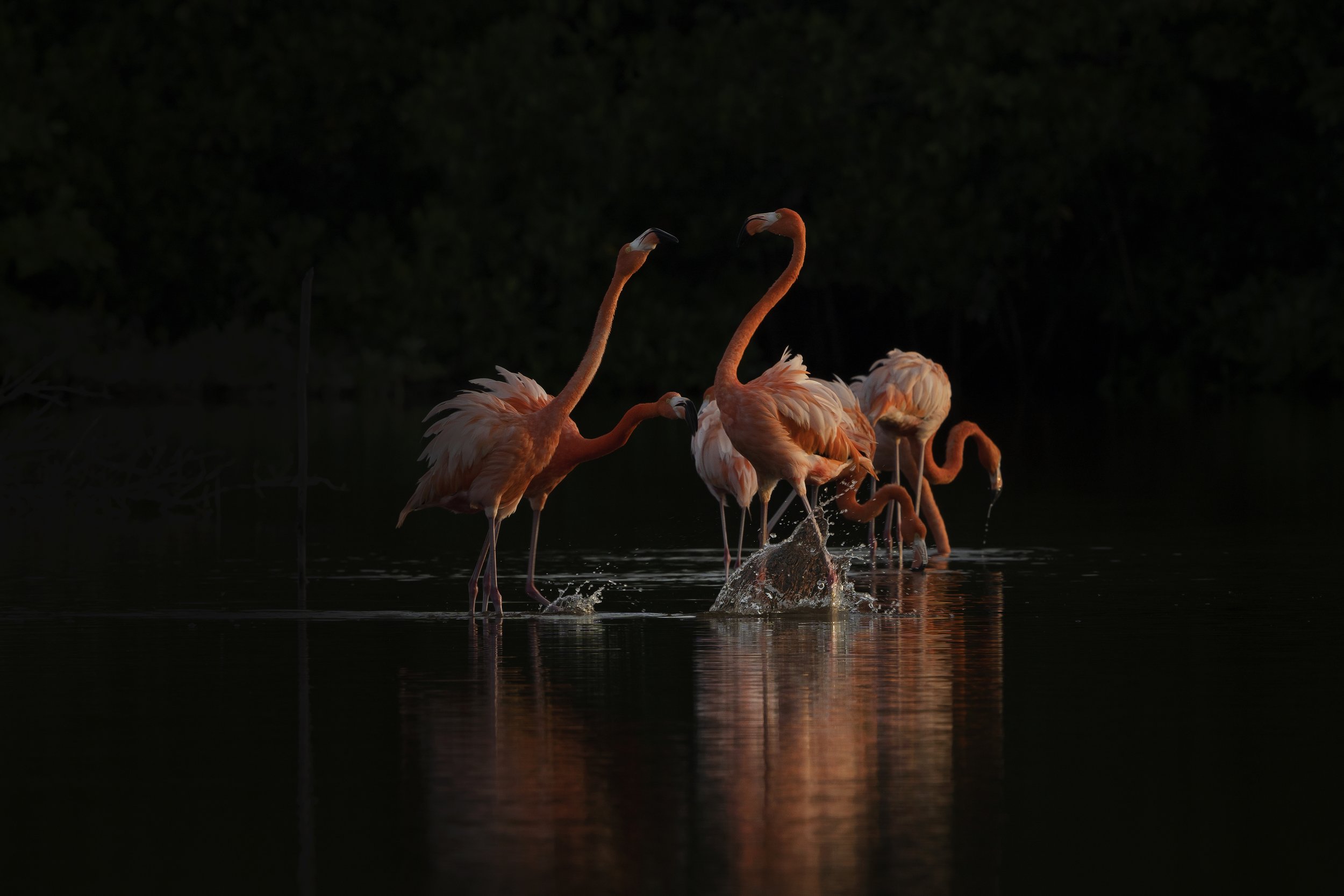

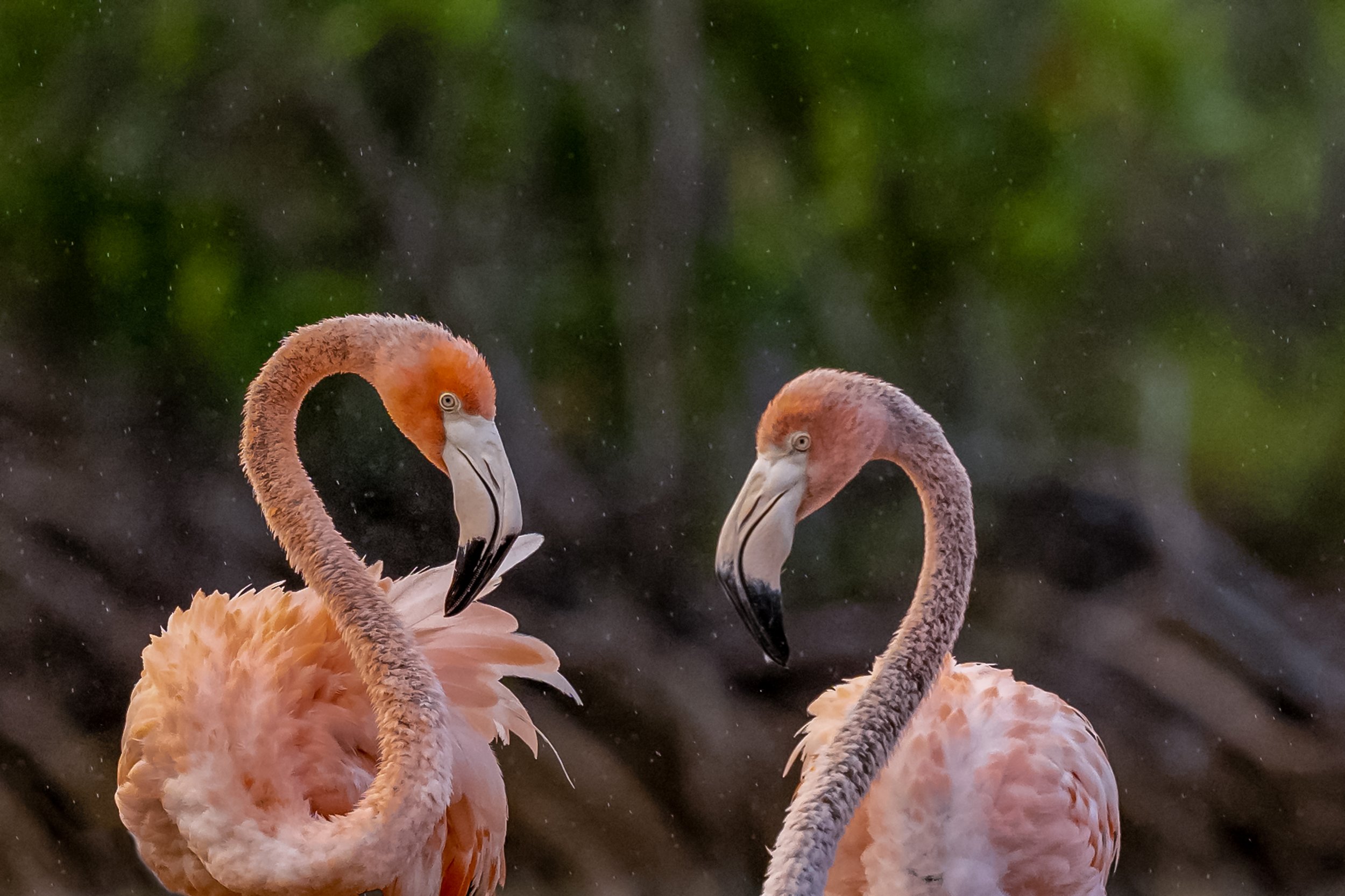
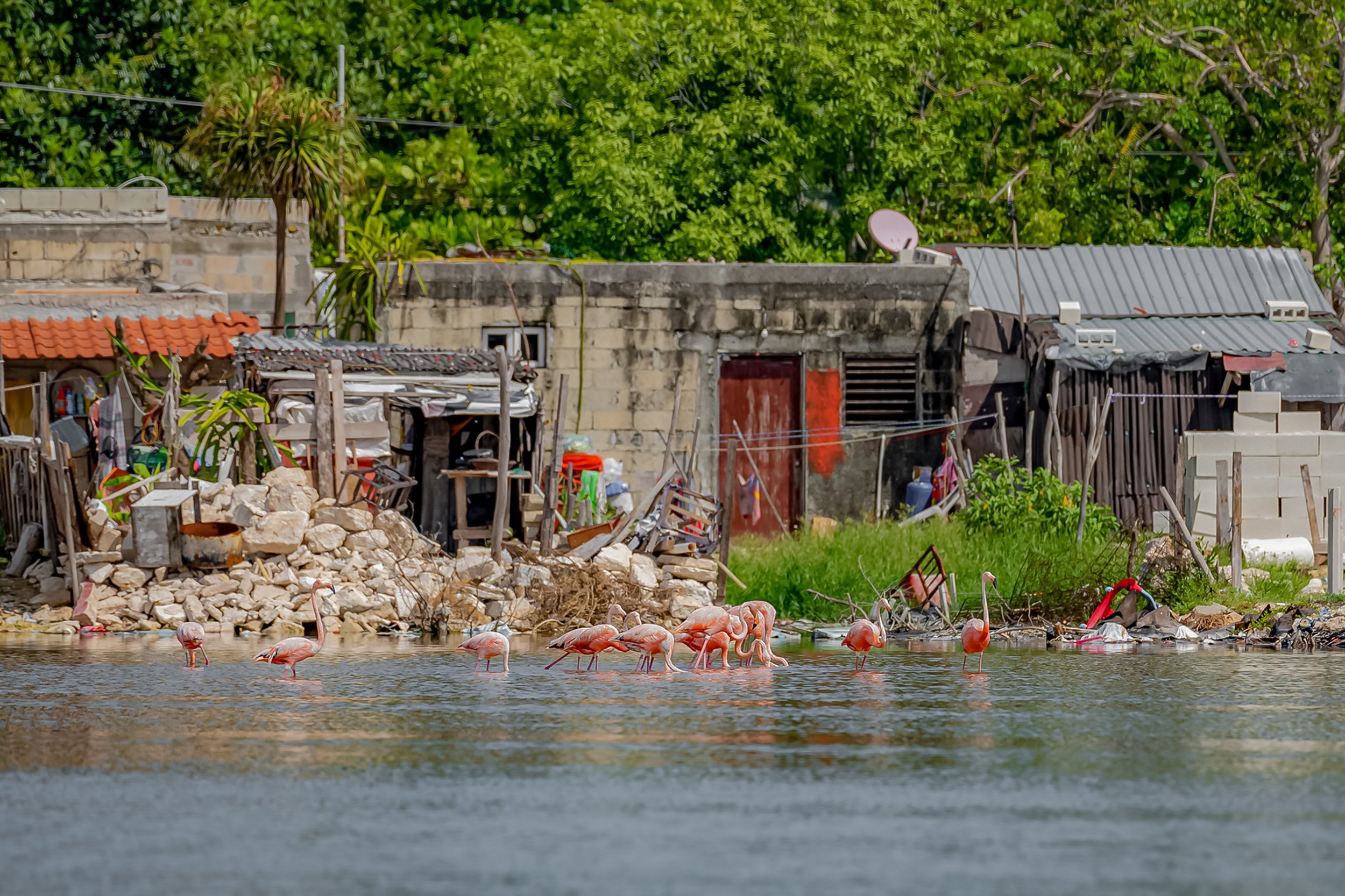
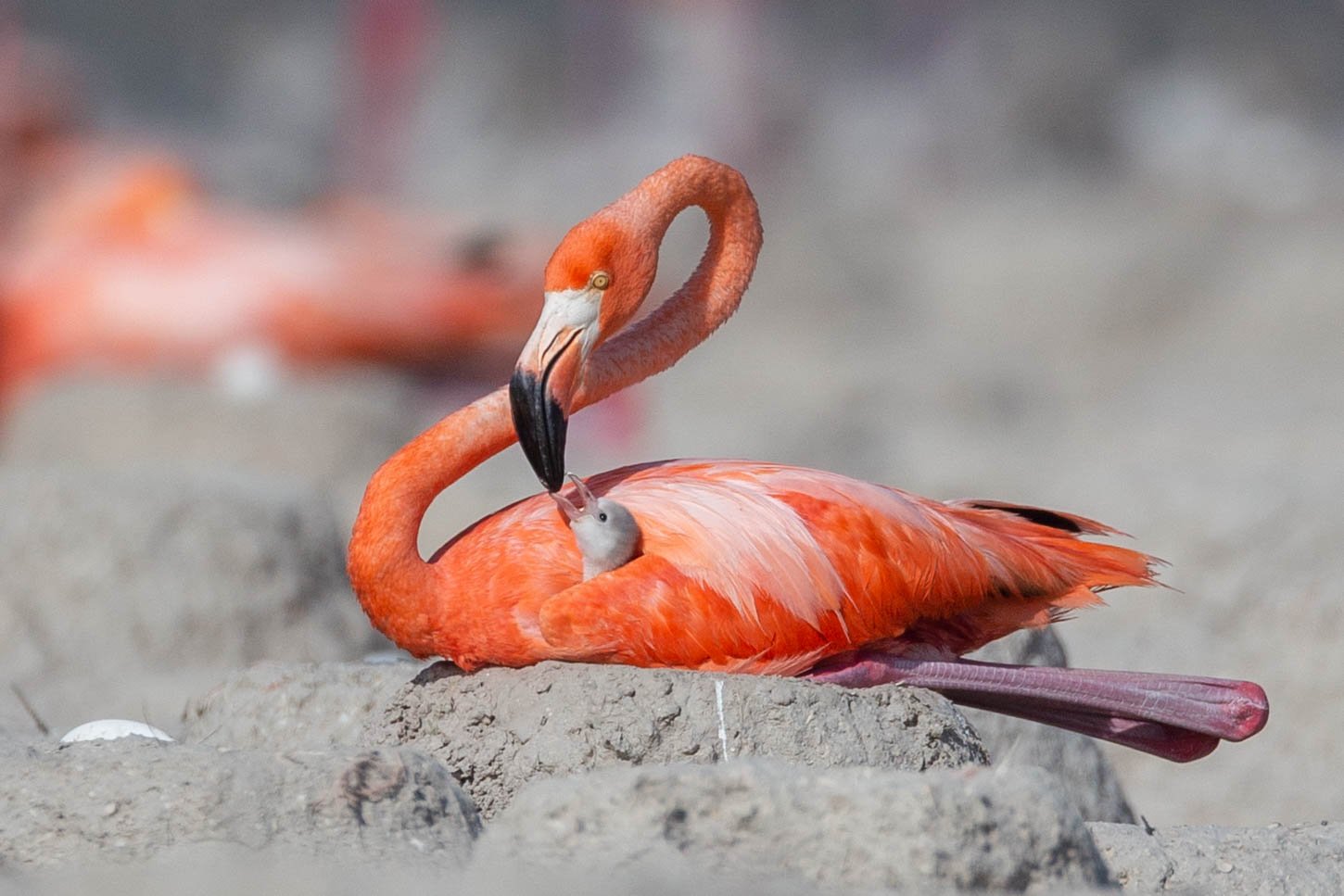
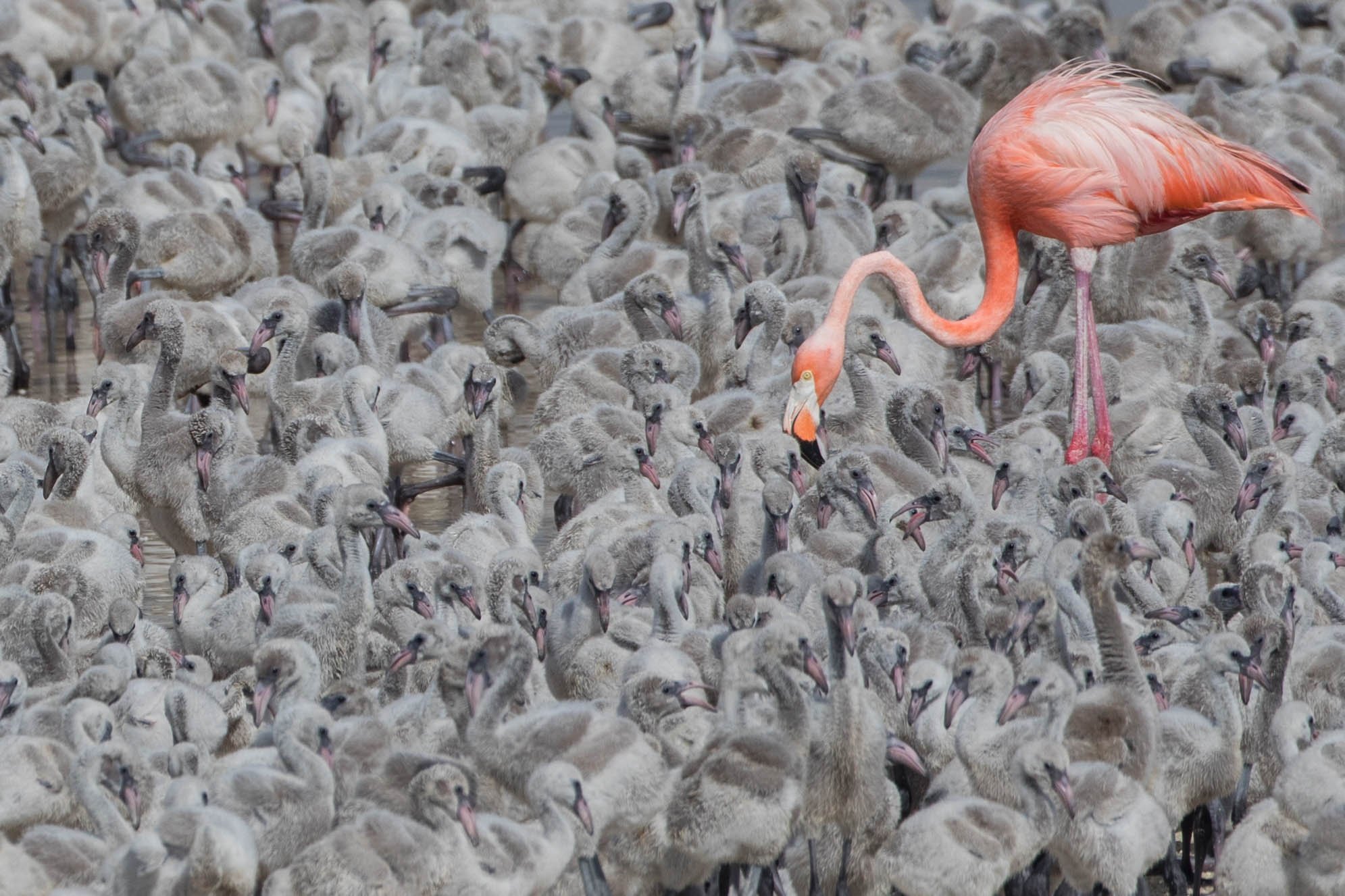
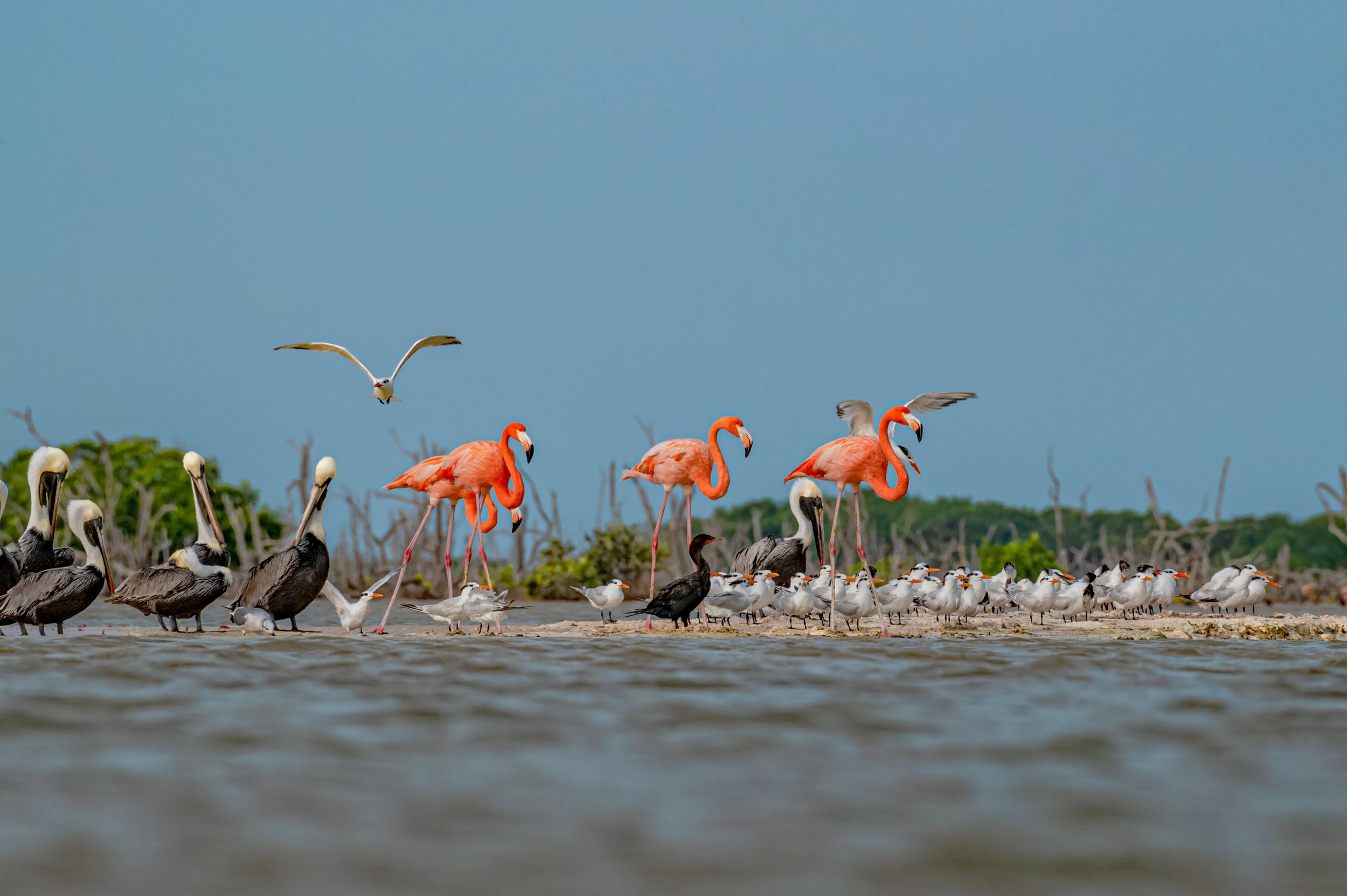

How local and community-based initiatives In Mexico are protecting these ecosystems from extinction.
WORDS BY TAMARA BLAZQUEZ HAIK
IMAGES BY FERNANDA LINAGE, NELLY QUIJANO AND TAMARA BLAZQUEZ HAIK
EDITED BY DANIELLE KHAN DA SILVA
Wetlands are one of the most important ecosystems on the planet, sequestering even more carbon than tropical rainforests and acting as a home to 40% of the planet’s species (source). These ecosystems also provide protection against flooding, regulate the planet’s hydrologic cycle and also help aquifers recharge.
In the Yucatán Peninsula in Mexico—a place known for being the cradle of the Mayan civilization, attracting thousands of tourists to its archeological sites every year, wetlands and mangrove forests play a key role in providing local communities with sustenance like food, water and sustainable income sources while protecting their homes from floods and hurricanes. Wetlands and mangrove forests are also very important when it comes to biodiversity conservation as they are an important refuge for many wildlife species, including the most iconic bird species in Yucatán: the American Flamingo (Phoenicopterus ruber).
Flamingos sometimes get injured due to a myriad of reasons: collisions, bad landings, etc. Authorities are not able to rescue or aid them in time to save their lives. Image by Fernanda Linage.
Sadly, these wetlands, mangrove forests and the flamingos—one of Yucatán’s top tourist attractions, are being threatened by illegal deforestation, agricultural and industrial activities, water drainage and pollution, growing urbanization, feral dogs and cats and climate change; the latter affecting hydrological cycles as well as water temperature in these habitats.
“Tourism and ecotourism, when managed correctly, can support conservation by generating money and helping to create healthy and long-lasting relationships with nature, but the problem is precisely that it’s not being managed in the right way.”
In order to tackle this situation, the local communities in Yucatán’s northern coast have been aiding in the conservation of both flamingos and their ecosystems for quite some time. These communities have a strong relationship with wetlands and mangrove forests, as they are aware that their way of life is highly dependent on these habitats. Most of the nature tour guides in Yucatán’s coast come from these communities, which has allowed for very sustainable ecotourism practices to develop in the area while building close relationships with many other people and NGOs seeking to aid in the conservation and protection of wetlands and their wildlife.
The ever growing and unchecked urbanization in the Yucatán peninsula invades the flamingos’ ecosystems and wetlands. Image by: Tamara Blazquez Haik.
Fernanda Linage, a conservation photographer from Mérida, Yucatán and founder of the NGO Flamingo Conservation has been working with local communities in Yucatán to protect not only the flamingos, but also their ecosystems. “There was a time when the communities had forgotten to treat the wetlands with respect, but thanks to environmental education and by rekindling their bonds to nature, sustainability has once again become a big part of the local communities’ lifestyle.” she shares.
However, the coastal communities are also being faced with many challenges that come from the ever growing urbanization and the massive tourism industry, like pollution from solid waste, lack of educational opportunities in the area and a lack of support from authorities. According to Fernanda, “local authorities have funded some environmental programs alongside communities, but it’s not enough considering how much needs to be done to protect nature all along the state’s coast.”
Illegal deforestation in the peninsula has also been left unchecked by authorities, and mangrove forests are slowly disappearing. Image by: Tamara Blazquez Haik.
Enrique Mex Esquivel has been working alongside conservationists like Fernanda for several years to ensure the protection of natural areas in Sisal—one of the communities in the northern coast. He is the head of Ziz Ha Tours Sisal, a sustainable and low-impact ecotourism venture that is not only raising awareness on tourists about the importance of wetlands and mangroves in Yucatán’s northern coast, but is also training young men and women from the community to follow in Enrique’s steps so that they can receive a sustainable income for their families while aiding in nature conservation.
“Before the pandemic the main economic activity in Sisal was fishing,” says Enrique. “It was not sustainable and when the pandemic hit many families lost their incomes as they had to sell their fishing boats in order to survive. These low-impact ecotourism activities have provided many people in the community with a new income while being a lot more sustainable for nature and wildlife.”
Urbanization has displaced many animals like the flamingos from their habitats. It’s common to see them trying to cross roads and other urban areas in search of food and refuge. Many don’t survive the roads. Image by: Fernanda Linage.
Enrique and his team of expert nature guides are not only teaching tourists about the importance of nature, wetland and wildlife conservation in the area, but are also creating long lasting and positive change in the lives of the people of Sisal. For Fernanda, however, “tourism is a double-edged blade, as this industry can provide many families with income while acting as an incentive to protect Yucatán’s wetlands and their biodiversity, but if not managed correctly, tourism can negatively impact wildlife and their habitats.”
“These low-impact ecotourism activities have provided many people in the community with a new income while being a lot more sustainable for nature and wildlife.”
Nelly Quijano, a local conservation photographer that has been working alongside Fernanda and Flamingo Conservation as well as Enrique, believes that ecotourism can be a helpful tool when it comes to wetland conservation in Yucatán as “tourism and ecotourism, when managed correctly, can support conservation by generating money and helping to create healthy and long-lasting relationships with nature, but the problem is precisely that it’s not being managed in the right way.”
The building of roads, hotels and the ever growing and constant urbanization throughout the Peninsula has become one of the largest threats to wetlands, flamingos and many other species. It is not uncommon to find animals lying dead on roads, even birds like pelicans and flamingos, that have been hit by cars.
The roads that have been built across different wetlands and mangrove forests pose a huge threat to wildlife, as even birds end up as victims of roadkill. Image by Tamara Blazquez Haik.
Some other activities that seem harmless—like bird watching or photography, are becoming another threat due to the lack of authorities’ supervision as many photographers visit Yucatán in hopes of photographing the flamingos, but their ignorance surrounding the species prompts them to behave in an unethical manner towards the birds, disturbing nesting and resting sites or scaring the animals by flying drones too close to them.
“Many photographers don’t respect the flamingos and invade their spaces looking for the perfect image,” explains Nelly. “Education on ethical photography and conservation is highly needed in Mexico if we truly want to help protect wildlife and nature with these kinds of activities,” she adds.
Gentrification has displaced many families in Yucatán that are forced to build their homes very near to the wetlands. Image by Nelly Quijano.
When asked about what is needed to further advance conservation in the area, Fernanda stresses that “there’s still much to be done to protect flamingos, mangroves and wetlands. We are all constantly working on research, environmental education, community-based campaigns and even pressuring authorities to act.” There have been some conservation and research programs in Yucatán that have been promoted and supported by the local authorities, however, most of the work is being done by local communities and citizens concerned with environmental matters.
In many communities, for example, people have organized campaigns and fundraisers to trap and neuter feral dogs and cats in order to control their populations and safeguard wildlife. Other community-based initiatives include the banding of birds for monitoring and identification as well as environmental education activities involving children, tourists and people from the many different communities and cities in Yucatán.
Feral cats and dogs that have been abandoned start behaving aggressively and forming packs to hunt the flamingos and other species in order to survive. Many communities have started different kinds of campaigns to reduce feral populations and help wildlife, cats and dogs. Image by Fernanda Linage.
For many years, the coast of Yucatán has been under federal protection, with many biosphere and natural reserves spread all along the coast. Sadly, lack of resources, corruption and other factors have made it very difficult for authorities, citizens and local communities to protect these unique and important ecosystems. However, it is thanks to the efforts of local communities and citizens coming together to protect the unique biodiversity in this Mexican state—especially the wetlands, that iconic species like the flamingos along with many others are still able to survive.
Flamingos are territorial birds and can sometimes be seen fighting each other. Image by Tamara Blazquez Haik.
Community-based conservation efforts are proving successful not only in Mexico but in many different regions of the world, showing that protecting the Land, Water and all beings on the planet is possible when local communities and citizens come together with a common goal in mind: protecting our planet’s biodiversity from extinction.
To learn more about the work been done by Flamingo Conservation and Ziz Ha Sisal visit their instagram pages: Flamingo Conservation Ziz Ha Tours Sisal












